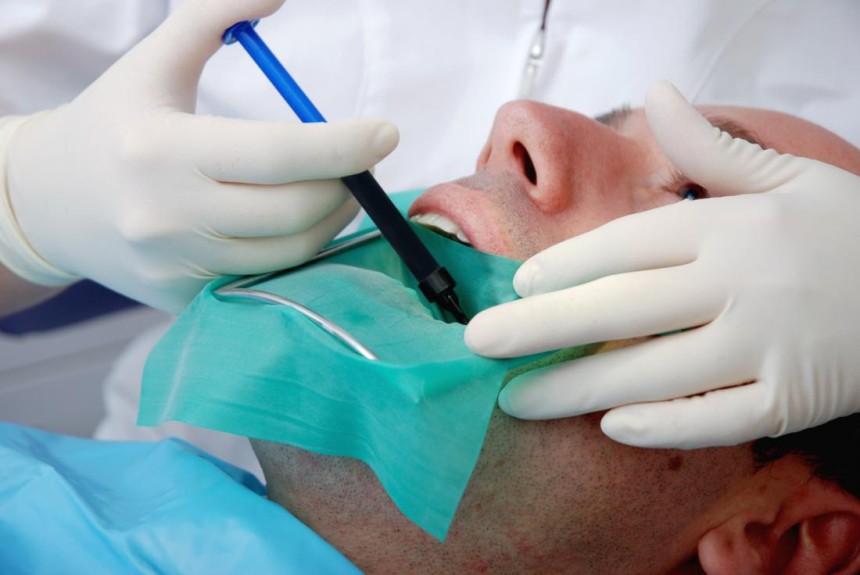
What to Expect During a Root Canal Procedure
2025-03-26 21:58:45 - Brooklyn Root Canal Dentist
Hearing the words "root canal" might make you nervous, but this common dental procedure is designed to save your tooth and relieve pain—not cause it. If you need a root canal dentist in Brooklyn, NY, understanding what to expect can help ease your worries. Here’s a step-by-step guide to the procedure so you can feel confident about your treatment.
Why Do You Need a Root Canal?A root canal becomes necessary when the inner part of the tooth, known as the pulp, becomes infected or inflamed due to deep decay, cracks, or trauma. If left untreated, the infection can spread, causing severe pain, abscess formation, and even tooth loss. A root canal removes the damaged pulp, cleans the inside of the tooth, and seals it to prevent further infection.
Step 1: Examination and DiagnosisBefore the procedure, your root canal dentist in Brooklyn will examine your tooth and take X-rays to assess the extent of the infection. If a root canal is necessary, your dentist will explain the process and address any concerns you may have.
Step 2: Numbing the AreaMany people worry about pain during a root canal, but the truth is that the procedure itself is no more painful than getting a regular filling. Your dentist will administer a local anesthetic to numb the tooth and surrounding area, ensuring you remain comfortable.
Step 3: Removing the Infected PulpOnce the area is numb, your dentist will create a small opening in the tooth to access the pulp chamber. The infected or damaged pulp is carefully removed using specialized tools, and the root canals are cleaned to eliminate bacteria and debris.
Step 4: Disinfecting and Shaping the CanalsAfter removing the pulp, the empty root canals are disinfected to prevent reinfection. Your dentist will then shape the canals to prepare them for filling. This step is crucial for ensuring the tooth remains sealed and protected from future bacterial invasion.
Step 5: Filling and Sealing the ToothOnce the canals are cleaned and shaped, they are filled with a biocompatible gutta-percha material. This rubber-like material helps stabilize the tooth and prevents bacteria from re-entering the canals. Your dentist will then seal the access opening with a temporary or permanent filling.
Step 6: Placing a Dental CrownIn most cases, a tooth that has undergone a root canal will need a dental crown for added strength and protection. A crown restores the tooth’s function and prevents it from becoming brittle or breaking over time. Your root canal dentist in Brooklyn may place a temporary crown while a custom one is being created.
Recovery and AftercareAfter the procedure, you may experience mild discomfort or sensitivity, which can be managed with over-the-counter pain relievers. Most patients can return to their normal activities the next day. To ensure long-term success, it’s important to follow your dentist’s aftercare instructions and maintain good oral hygiene.
Final ThoughtsA root canal may sound intimidating, but it’s a routine procedure that can save your tooth and relieve pain. If you're experiencing severe tooth pain or suspect an infection, visiting a root canal dentist in Brooklyn as soon as possible can help restore your oral health.
